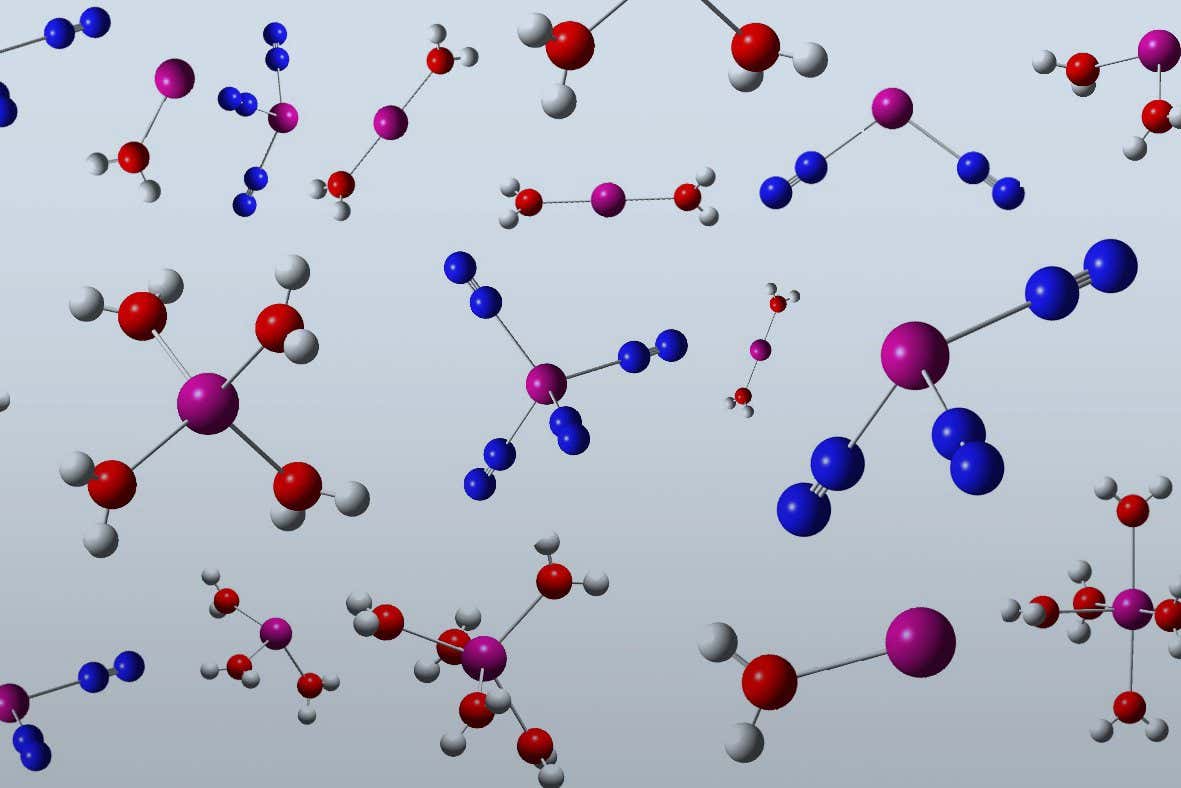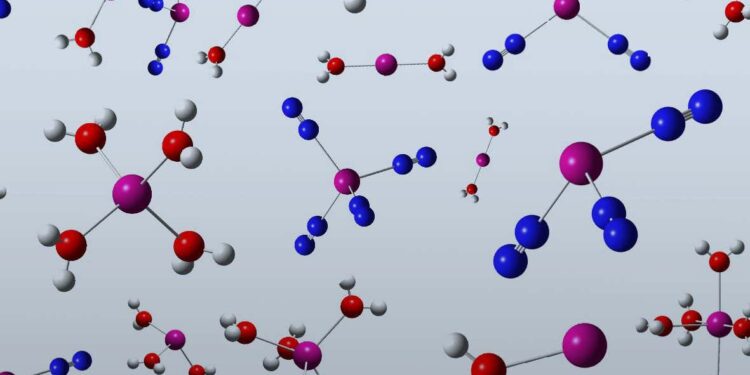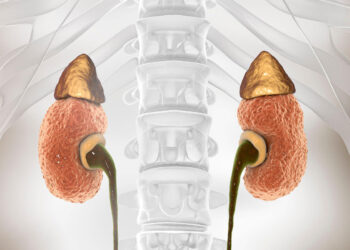
The heaviest atom observed forming a molecule
David Dixon, Sarah Sprouse/The University of Alabama; Jennifer Pore/Berkeley Lab
Researchers have directly observed the heaviest atom yet participating in a chemical reaction and forming a molecule. The finding pushes “superheavy” chemistry, which involves extremely massive radioactive elements, to a new level – and could even lead to a rearrangement of the periodic table.
Some exotic chemical elements are hard to experiment with, which makes it difficult to determine their proper placement within the periodic table. For instance, the radioactive element copernicium is placed among a group called the transition metals, but it behaves more like noble gases, which belong in a different section.
This problem may affect elements at the table’s very bottom too, heavy and radioactive atoms called actinides, says Jennifer Pore at the Lawrence Berkeley National Laboratory in California. To check the properties of actinides, she and her colleagues carried out a chemical reaction that created a molecule containing the heaviest actinide, nobelium, which is element 102.
To make the element, the researchers used a particle accelerator that smashed a beam of very energetic calcium atoms into a chunk of lead. Nobelium atoms emerged in the aftermath of this collision and reacted with nitrogen and water molecules in the air. A fast-acting detector, similar to a particle-sensing machine called a mass spectrometer, then identified the resulting molecules more precisely than in any past attempt to do superheavy chemistry.
Next, the team re-ran their experiment with a chunk of thulium instead of lead. This created an actinide called actinium, which is element 89. By comparing how easy it was for water to stick to actinium versus nobelium, the researchers confirmed that the two elements behave similarly enough to belong in the same row of the periodic table.
Nobelium is not only properly placed on the periodic table; it has also become the heaviest element that researchers have directly observed forming a new molecule – although the heaviest element ever created is still oganesson, element 118. And the procedure used to create molecules that contain nobelium, then precisely identify them, could lead to new breakthroughs.
Sophia Heinz at GSI Helmholtz Centre for Heavy Ion Research in Germany says the new experiment is a real technical advance for superheavy chemistry. Molecules containing elements heavier than nobelium had been made before, but researchers could never directly identify them, she says. “The possibility to directly study single molecules is an important step forward.”
Peter Schwerdtfeger at Massey University in New Zealand says that the new experiment “opens the door to many more future experiments with different superheavies”.
Even before any new experiments are done, the findings are making an impact. Pore and her team thought that they would have to add extra molecules into the experiment for actinium and nobelium to react with. Unexpectedly, however, the superheavies reacted with substances that were already present. Anastasia Borschevsky at the University of Groningen in the Netherlands says this may force scientists to re-examine previous superheavy experiments in which researchers assumed that they were looking at atoms – because they may have also been observing molecules that contained those atoms. “This will keep us theoreticians busy for a while,” says Schwerdtfeger.
For Pore, the next challenge is doing chemistry with even heavier elements, such as dubnium, which is element 105. To do so, the team may have to speed up their procedure because the heavier elements get, the less time they spend in a stable state before decaying into a different element.
“If things go well, we want to do the bigger guys at the end [of the periodic table]. We don’t have any [heaviness] limits with this technique,” says Pore. And unlike nobelium, some of those bigger elements might end up needing to find new places on the periodic table.
Topics:
- chemistry /
- nuclear physics
Source link : https://www.newscientist.com/article/2491759-how-superheavy-chemistry-could-rearrange-the-periodic-table/?utm_campaign=RSS%7CNSNS&utm_source=NSNS&utm_medium=RSS&utm_content=home
Author :
Publish date : 2025-08-08 17:00:00
Copyright for syndicated content belongs to the linked Source.











